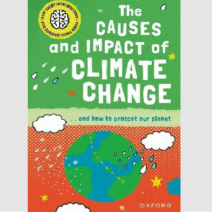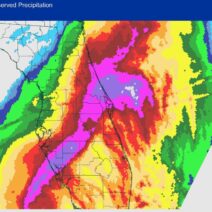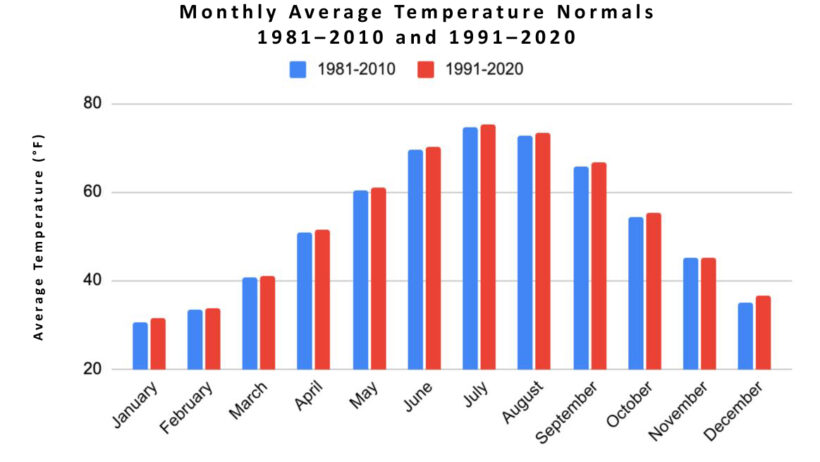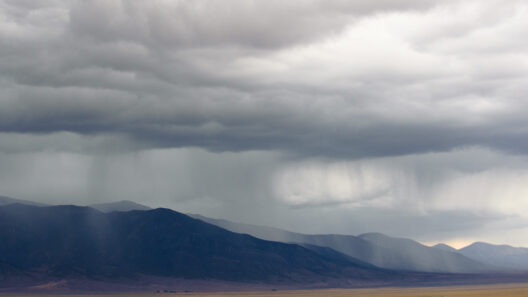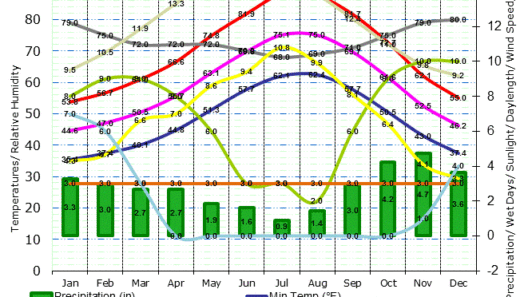New Jersey’s climate is often a subject of intrigue due to its diverse meteorological phenomena and geographical variety. Nestled between the Atlantic Ocean and the Appalachian Mountains, the Garden State experiences a unique blend of weather patterns. These peculiarities not only affect daily life but also encapsulate the broader implications and challenges associated with climate change. Understanding New Jersey’s climate requires a nuanced exploration of its geographical context, seasonal variations, and the pressing environmental issues it faces.
The geography of New Jersey plays a crucial role in its climate. The state can be broadly divided into three regions: the coastal plain, the piedmont, and the highlands. The coastal plain, characterized by its flat terrain and proximity to the Atlantic Ocean, experiences milder temperatures and higher humidity. Conversely, the northern parts of the state, with their elevation and varied topography, tend to have cooler temperatures and more pronounced seasonal changes. This contrast between the coastal and inland regions contributes to the state’s variable weather conditions.
New Jersey experiences a humid subtropical climate, with four distinct seasons. Summers can be hot and humid, while winters can be cold and snowy. Average temperatures in July, the warmest month, hover around 85°F in the south, while the northern parts can be slightly cooler. In contrast, January, the coldest month, sees averages plummeting to about 30°F. Precipitation is fairly evenly distributed throughout the year, although the late spring and summer months often see an uptick due to thunderstorms.
A common observation among residents is the unpredictability of New Jersey’s weather. On any given day, one might encounter sunshine, overcast clouds, torrential rain, or even snow. This variability can be attributed to various meteorological factors including coastal influences and frontal systems. The state’s proximity to the ocean moderates temperatures, which can lead to sudden changes in weather patterns. This phenomenon is often a source of fascination, serving as a microcosm of larger patterns seen across the globe.
Transitioning from the obvious climatic observations to a more profound understanding requires an examination of climate change and its implications for New Jersey. Evidence of changing weather patterns is becoming increasingly apparent. Average temperatures have risen, with the state experiencing warmer winters and hotter summers. Additionally, increased precipitation, particularly intense storms, has led to more frequent flooding. According to scientists, this is attributed to climate change, largely spurred by human activity and the release of greenhouse gases.
In recent years, New Jersey has also been grappling with the impacts of sea-level rise, a direct consequence of global warming. The state’s coastlines are vulnerable, and projections indicate that sea levels may rise by as much as six feet by the end of the century if current trends continue. This scenario poses significant risks to coastal communities, ecosystems, and economic activities that rely on a stable maritime environment.
Moreover, temperature extremes are expected to become more pronounced. Heatwaves, which disproportionately impact vulnerable populations, may become more frequent and severe. Public health officials are already sounding the alarm regarding the complications associated with increasing temperatures. As heat-related illnesses rise, the need for community awareness and preparedness becomes all the more urgent.
New Jersey’s agriculture sector, another vital aspect of its economy, is also at risk due to shifting climate conditions. Warmer temperatures can alter growing seasons, prompting some crops to thrive, while others may suffer. A changing climate could lead to diminished agricultural yield, necessitating adaptations by farmers to mitigate loss. This adds another layer of complexity to an industry already facing economic challenges.
Beyond agriculture, the state’s biodiversity is also under threat. Many indigenous species are struggling to adapt to newfound climatic realities. As temperature and precipitation patterns shift, habitats are being disrupted. This issue extends to both flora and fauna, highlighting the interconnectedness of ecosystems and the potential for cascading effects throughout the environment.
The urbanized nature of New Jersey presents additional challenges. Urban heat islands, formed by dense concrete and asphalt, can exacerbate heat absorption and retention. This effect leads to higher temperatures in cities compared to surrounding rural areas, intensifying the impacts of climate change. It raises concerns about energy consumption, air quality, and the overall livability of urban spaces, necessitating a multi-faceted approach to urban planning and development that incorporates sustainability measures.
New Jersey’s response to these issues is multi-pronged. The state has implemented various programs aimed at mitigating climate change impacts and promoting sustainability. From investments in renewable energy to incentives for energy efficiency, these initiatives illustrate a commitment to addressing the crises at hand. However, sustained effort is needed, along with public awareness and engagement, to foster a culture of resilience and proactive adaptation.
In conclusion, the climate of New Jersey is a tapestry woven from a complex interplay of geographical, meteorological, and human factors. Understanding this rich climatic landscape involves more than mere observations of temperature and precipitation. It necessitates a comprehensive approach that considers the far-reaching implications of climate change on ecosystems, human health, and economic viability. As New Jersey continues to face these challenges, it serves as a poignant reminder of the urgent need for collective action in the face of an evolving climate. Only through awareness, education, and sustainable practices can the state navigate its climate future amidst the uncertainty that lies ahead.
